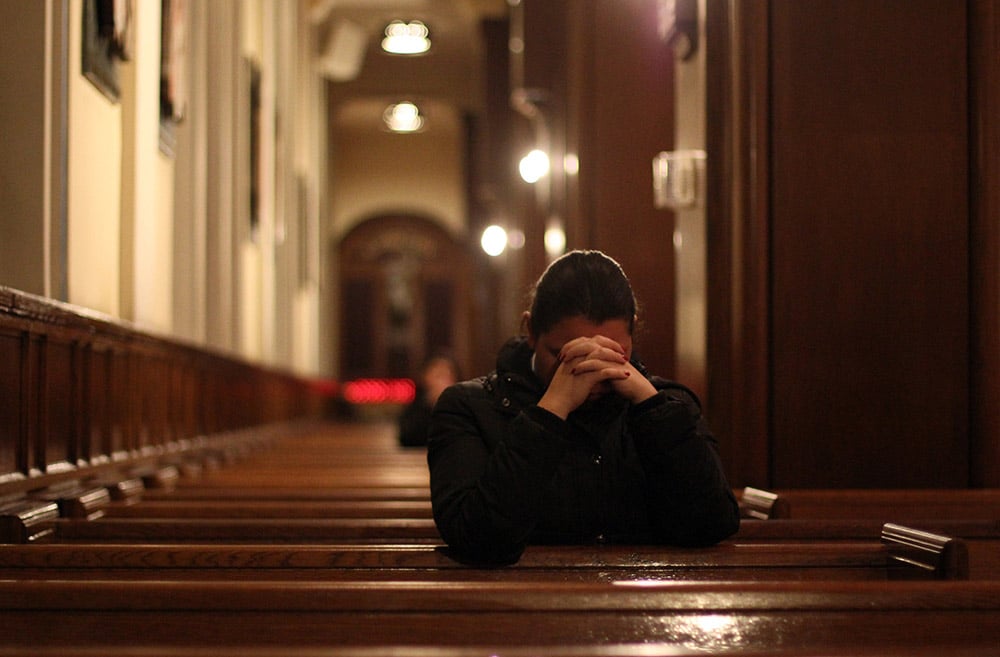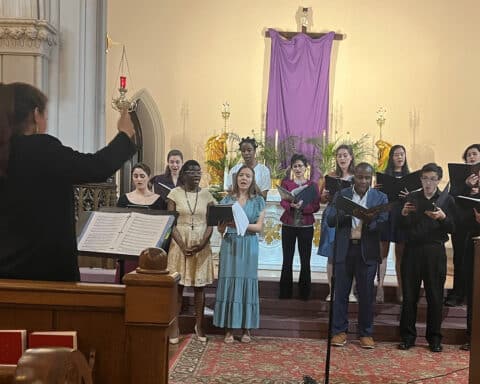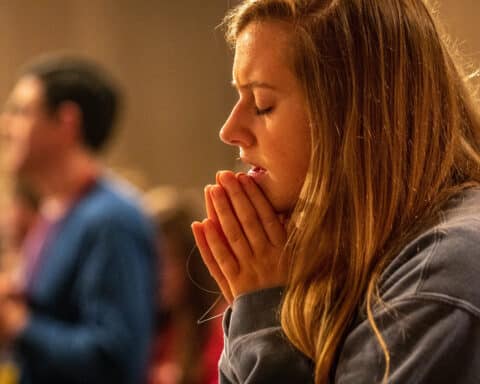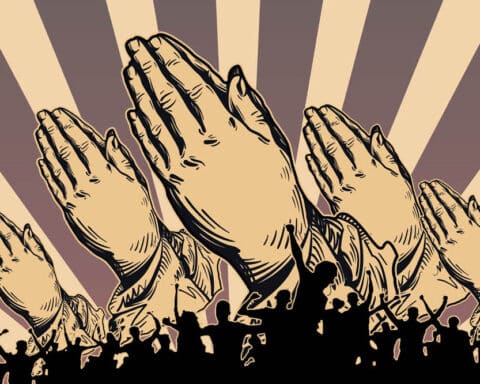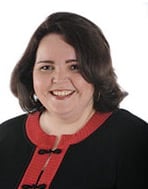
It traditionally has recognized masters of the spiritual life such as Teresa of Ávila and John of the Cross, and it also includes people known more conventionally for their actions, not their contemplation, such as Mother Frances Xavier Cabrini and Elizabeth Ann Seton, and contemporaries known the world over like St. Teresa of Calcutta and Pope St. John Paul II. Prayer, of course, fueled their actions.
I bring up “A Year with the Mystics” not to self-promote — although a major reason I put the book together is because I wanted to give it to people as gifts and help with their prayer. So I do recommend it. I mention it because I couldn’t help but think of it while visiting an unfinished painting of St. Jerome by Leonardo da Vinci at the Metropolitan Museum of New York on loan from the Vatican Museums.
I hadn’t prioritized going to see it when it opened in the spring. Finally, in its final week, on St. Jerome’s feast day, I decided to swing by on a Monday. I read the website incorrectly — it was only open until 9 p.m. on Fridays and Saturdays. I received multiple signs that I should give it another try, and so I did again the next afternoon. Never was I so grateful for an unfinished painting! Never could I have imagined how moving that aspect of it would be.
You see, it took me much longer than it should have to finish “A Year with the Mystics.” It wouldn’t have been an unfinished da Vinci, but it almost was unfinished. At multiple points, I thought it would never get done. Presented with the opportunity of someone else finishing the book, I almost gave up. But I felt that God had given me the task, and at the very least, I was to be faithful.
What changed everything was the moment I decided to truly trust God. I went from some grand unattainable plan for a well-strategized masterpiece of the spiritual life to sitting in front of the Blessed Sacrament and doing what he seemed to design. I am not claiming anything other than I prayed to get it completed! In my prayer with the book since its release, I am so grateful God got me before him as he did.
In the St. Jerome exhibit, it was explained that da Vinci had a habit of not finishing things. It’s not hard to see in St. Jerome’s eyes da Vinci’s own vulnerability. Everything’s in there — the talent and the agony, the desire and the insecurity. He probably wanted to make it perfect similarly to how I wanted to make “A Year with the Mystics” not just an accessible, rich retreat but some kind of authoritative chronology of Christian mysticism. God didn’t need me to do the latter. Perhaps God didn’t need da Vinci to finish the painting, because like with the mystics book, God would. During da Vinci’s life, he may not have fully appreciated that.
Some 500 years later, there I was in tears, encountering God in da Vinci’s pouring out of his heart. One of the most powerful meditative aspects of the painting is the unfinished crucifix. When you see it, you realize St. Jerome is longing for Jesus, longing for God to rescue him from his weakness and any clinging to this world. It was like looking in a mirror.
I walked away so grateful for that unfinished painting and trusting in God’s mercy on the tender heart of an artist on display in every detail of that painting and on all our tender hearts longing for union with him.
Kathryn Jean Lopez is a senior fellow at the National Review Institute and editor-at-large of National Review.

